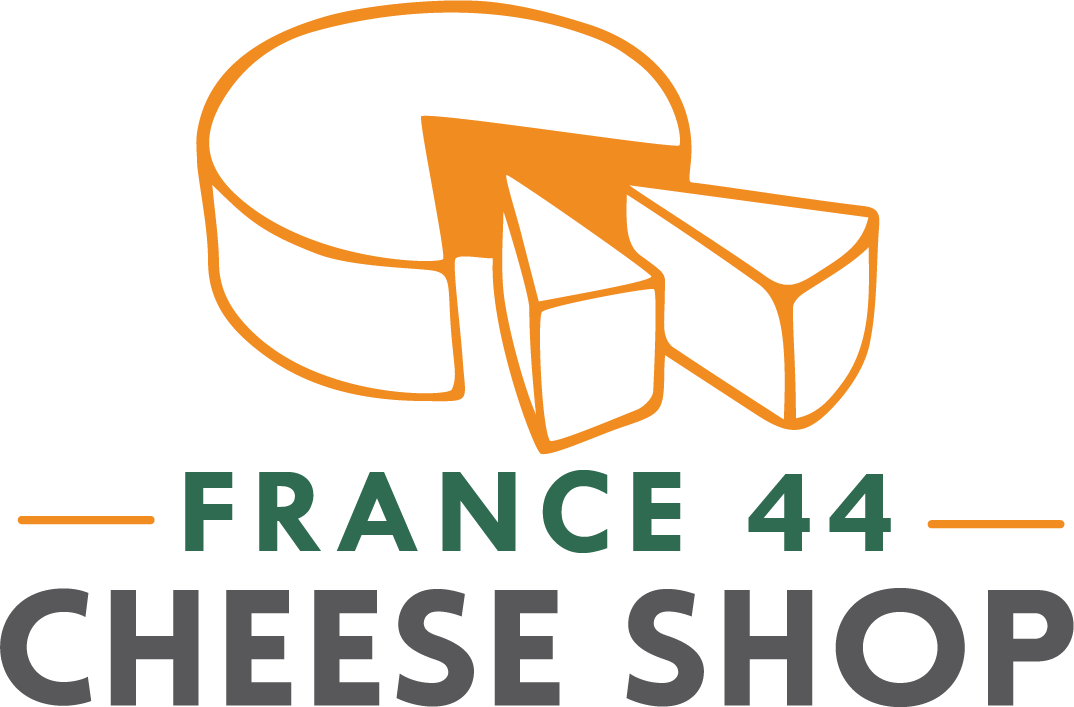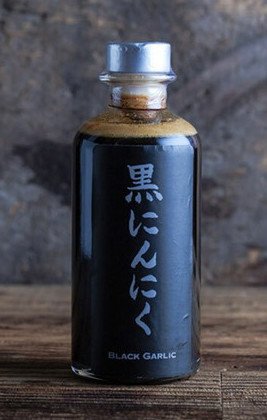by Austin Coe Butler
After several years behind the France 44 cheese counter and talking with customers, I think I can make the following observation: our Dutch customers purchase the most cheese and in stately three or even four pound wedges. The Dutch love of dairy is long founded, and a typical Dutch breakfast is often a glass of milk, a slice of buttered toast, and chunk of cheese. Julius Caesar observed, with disdain, that the Dutch had no agriculture and merely ate the meat and milk of their animals (the hallmark signs of barbarism). But Dutch ingenuity led to the creation dykes and polders, plots of land claimed from the seafloor by the pumps in their windmills to create arable lands to graze animals and grow crops. Now, despite being the size of Maryland, the Netherlands’s is the second largest exporter of food after the United States. The ingenuity of the Dutch also lead to the creation of one of the world’s favorite cheeses: Gouda.
One of the earliest challenges for Dutch cheesemakers were “hoven,” or exploding, cheeses. Due to their northern latitude and maritime climate, the Netherlands has wet summers that prevent the curing of hay. Instead, the damp fodder collected in the field begins to ferment and turn to silage, which is fine for cows to eat, but the microbacteria responsible for this unwanted fermentation can pass into the milk and create off flavors in the cheese and even gas, causing cheeses to bulge and burst. English cheesemakers encountered a similar problem and responded by cheddaring cheeses, while the Dutch settled on a defining characteristic of goudas: secondary washing of the curd.
This process involves pouring off the whey from the curds and adding fresh, hot water to the vat. This fresh, hot water not only scalds the curd, driving out more whey and moisture but removes lactose, which lactic bacteria convert into lactic acid, and creates a milder, sweeter curd. Curd washing not only gives goudas their complex sweet flavors ranging from coconut milk and marzipan to butterscotch and aged soy sauce, but the drier texture that allowed wheels of Gouda to travel across the world when the Dutch were the leading European Empire in the 16th and 17th centuries.
Like many cheeses bearing the name of a place, Goudas were likely not invented in the town of Gouda (HOW-da), but they were certainly consumed by a lot of people passing through there. Back in the 12th century, Gouda was one of the few municipalities given the exclusive right to weigh and sell cheese and became a bustling trade hub. You can still visit its picturesque cheese market that is open on Thursdays to watch cheese traders in wooden klompen sell their wares. While no one in the shop wears wooden klompen (do Danskos count?), we are open every day and have an impressive selection of Goudas to choose from:
Our Selection of Goudas:
L’Amuse Brabander
A goat milk gouda that is easily our most popular goat cheese. The secondary washing of this gouda takes away that goat gaminess that some people dislike and leaves you with a mild tang and a coconut milk like creaminess and marzipan sweetness making it an excellent gateway into the world of goat cheeses. If you’re a fan of Midnight Moon, you must try Brabander!
Coolea
An Irish gouda of Dutch extraction. Made in the mountain village of Coolea in Co. Cork, Ireland, by the Willem family, this Gouda has a remarkable flavor and texture of toasted macadamia or Brazil nuts.
A customer favorite loaded with crunchy tyrosine crystals and big brown butter and salted caramel flavors. In an act of true cheese brinkmanship, the opeleggers at Fromagerie L’Amuse in Amsterdam age this cheese in rooms with high heat and humidity to increase the metabolism of the microbes in the cheeses that create those crystals and huge, complex flavors.
Wilde Weide
A Platonic Gouda. Well balanced between the creamy, savory aspects of young Goudas and crystally, sweet flavors of aged Goudas, Wilde Weide ticks all the boxes for what you want in a Gouda. Wilde Weide is not just a Gouda, but holds the distinction of Boeerenkase or “Farm cheese,” meaning the cheese is made from organic raw milk in the historical artisanal manner on the farm the milk comes from. Jan and Roos van Schie live on their small three-hundred year old “island,” or polder, with their herd of 42 Montbeliard cows, their cheese, and no one else. Roos is a trained opera singer who serenades the cheese as they are “put it to bed” in the cellar to mature, and when the cheese “wakes up” Jan loads them onto a dingy and rows them to shore and takes them to market. A great story for a great cheese.
Similar to the L’Amuse Signature Two-Year Gouda, but because of its shorter maturation period (18 month), it is creamier than the Two-Year, without skimping on the crunch. The candy apple red rinds are a staple of our shop, and usually when someone comes in asking about “the crystals” we steer them towards this cheese.
Old Farmdal
They send this cheese to the International Space Station! Necessity is the mother of invention, and it was during a shortage of OG Kristal (OGK) that the wizards at Kaasboerderij’T Groendal (Kahss–BOOR-deh-LAY TRUN-dahl) in Belgium devised this recipe for a cheese like OGK but with a maturation time of only 9 months. The result is a cheese that is creamier than OGK, with a bit more of a milky tang.
Marieke Gouda
Marieke Penterman’s Gouda are loved throughout her adopted country of the United States. This Marieke Gouda we carry is our youngest Gouda and is ideal on sandwiches, melted, or simply snacked on. Its texture is springy and buoyant with bright, milky flavor.












